(All photos via Urbangolf.)
Actions: What You Can Do With The City finally comes to Chicago at the Graham Foundation. Organized by the Canadian Centre for Architecture, the exhibition features “experimental interactions with the urban environment [that] show the potential influence personal involvement can have in shaping the city.”
These “actions” tend to be modest in scale and budget, opportunistic and informal, communal and participatory. If broadly categorizing, they might fall messily under the heading of urban hacking. They are not the great tectonic reconfiguration of urban landscape and infrastructure dreamt up by messianic urban planners, urbicidal architects and despotic graphic designers. Rather, they are merely common activities like walking, playing and garden but reprogrammed with new tactics to “instigate positive change in contemporary cities around the world.”
As there are 99 “actions”, we'd like to offer one more to round out the number: urban golf.
Urban Golf
While the rules may differ in cities and even within cities, the game is invariably played in urban settings. Rather than in well-tended lawns, players tee offs on the street, sidewalks, alleys or on top of buildings. Urban parks, it would seem, are avoided, though certainly not a prohibited course.
One aspect of the game that we find interesting is that it isn't merely the manifestation of ennui among the hipster crowd. It's guerrilla theater with the requisite social commentary.
Quoting Wikipedia (though we might be quoting an outside text copied almost verbatim but uncited by a wiki editor):
Urban golf is seen by many as social commentary on the nature of golf and its traditional opinions and attitudes [i.e., elitist, sexist and racist club policies]. Considering golf pompous, dogmatic and quite often inaccessible, urban golfers worldwide have adopted many different urban environments as their new course to engage in this recreational pastime. Commonly, urban golf organisations tend toward using disused or under utilised urban areas to play golf, not just to reduce the risk of damage or injury, but also as a statement toward the development and reuse of the city.
Urban Golf
We haven't used this meme on this blog yet, so: is there an iPhone app for that?
If not, it probably isn't too difficult to program an app that maps out an urban golf course, pinpoints where the teeing ground and “hole” are located, shows and vectorizes the streets or alleys or parks or bridges or whatever disparate features of the built landscape comprise the “fairway,” and lists what hazards to expect, for instance, traffic, storm drains and street furniture.
Wired to sensors strategically placed on buildings and lamp posts outside the course, this app could even forecast wind speeds at various urban canyons. Perhaps a popular feature would sync your urban golf calendar to Twitter or Facebook, announcing your scheduled tee off time in the hopes that you will be joined by other enthusiasts.
Once finished with one course, it will direct you to the next one and then further on to another and so on until the final hole. Collectively, these courses represent a new urban layer augmented physically and virtually onto the city. At the end of play, you will have explored your city from one end all the way to the other end, perhaps experienced it anew.
Urban Golf
It's worth further fantasizing, meanwhile, this imagined urban layer becoming more and more codified. Teeing grounds become permanently delineated, not just marked with chalk. Viewing stands are placed next to the hole. Building facades that abut the fairways will be colored to denote this border. As urban golf becomes grotesquely popular and insanely profitable through sponsorship, these courses become permanent fixtures, like (18) stadiums but carved out of existing urban fill. Traffic and pedestrian flow will be diverted. Commerce will colonize their edges. And the city will grow thick around these recreational voids, encrusting the stadiums with an enveloping shell.
When urban golf suffers the inevitably crash in popularity, what happens to its walled game-spaces will be similar to The Stadium of Domitian, which later became Piazza Navona.
Urban Golf
It's also worth further fantasizing the notion that playing through all 18 holes across the city is a form of tactical tourism. The photos decorating this post were downloaded from Urbangolf.fr. Self-indulgently, we thought those who maintains that website are part of an underground scene, whose members are mostly of African and Middle Eastern descent — the ones probably fictionally documented in La Haine. At night after a day of parkour, they trace the imaginary outlines of urban golf courses. Starting from the suburban ethnic ghettos that encircle Paris, from streets disconnected locally from Haussman's boulevards yet ironically connected via immigrations to the rest of the world, they infiltrate the interior arrondissements of the French capital.
From cramped public housing high-rises of the banlieues to fin de siècle hôtels particuliers, from ringed roads to the spacious Jardin du Luxembourg, from the outer flames of race riots into the City of Light, a new breed of urban critics embarks on a self-guided tour of spatial inequity and conflict.
Fore!
Related:
We ♥ Irish Handball Alleys





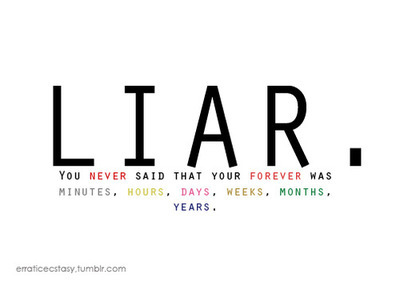
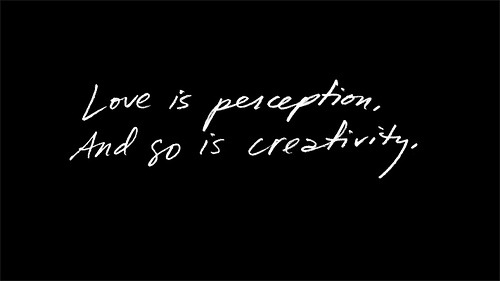
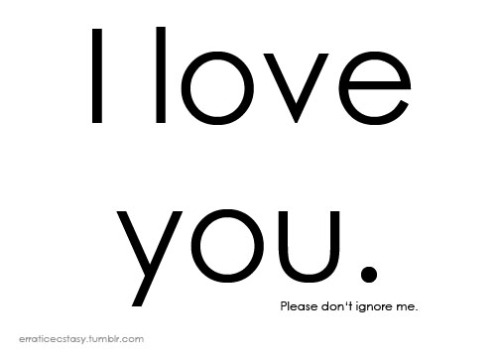
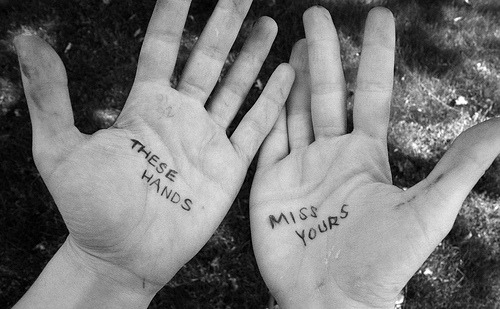
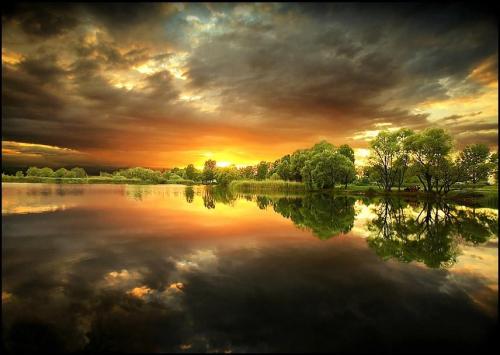




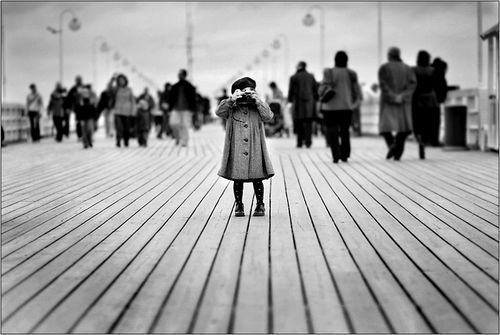


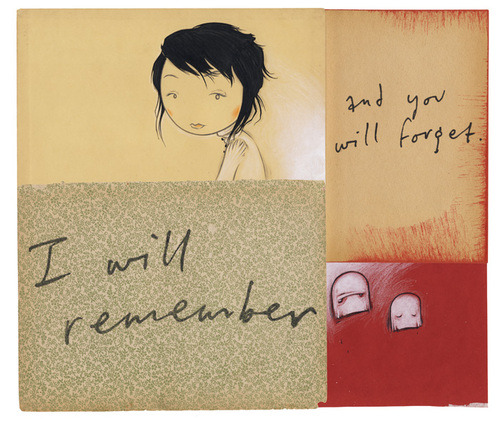
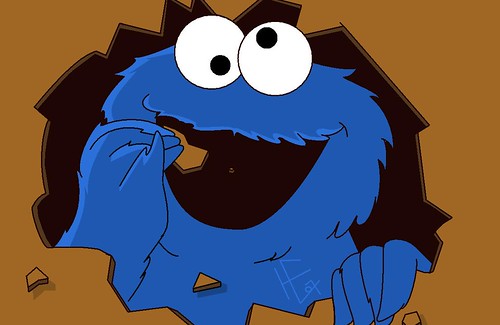

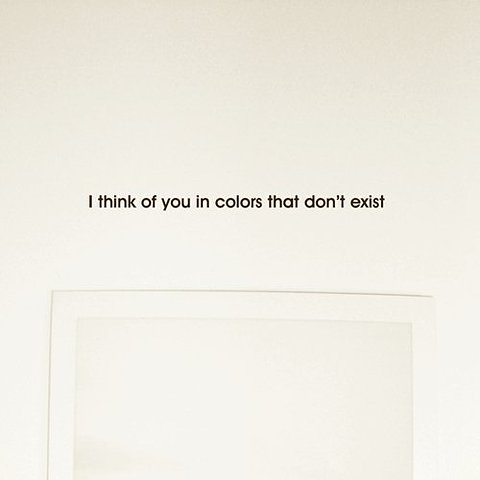
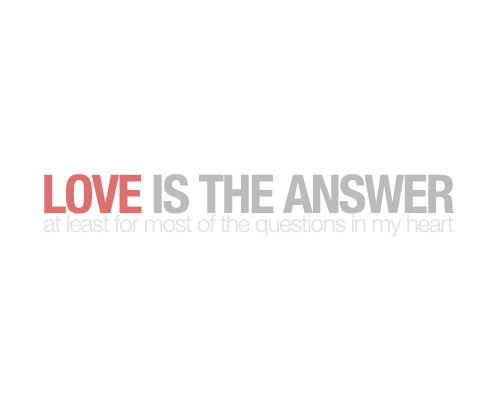
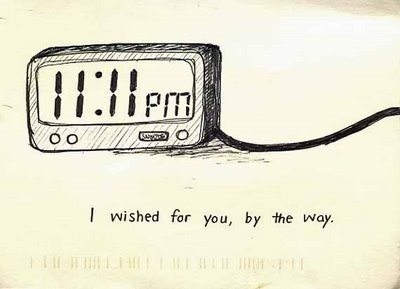








0 comments:
Post a Comment